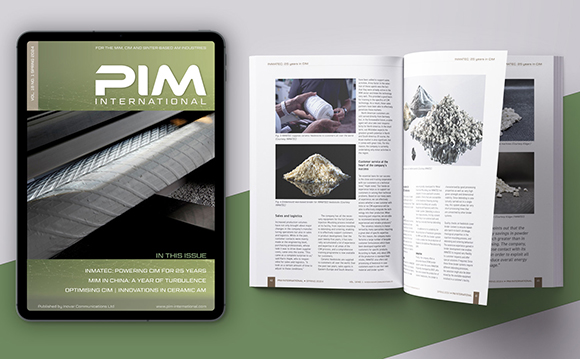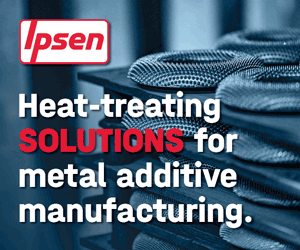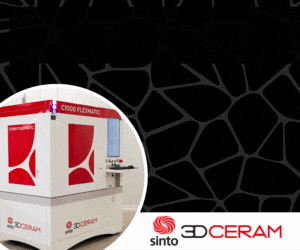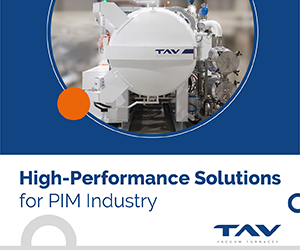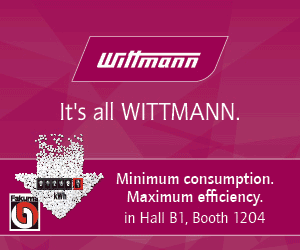Dynacast International adds variant of the MIM process to its manufacturing technologies
February 18, 2013
Dynacast International, a global die casting manufacturer headquartered in Charlotte, North Carolina, USA, announced in February that it is adding Metal Injection Moulding (MIM) to its service offerings. The addition of MIM as a manufacturing process, states the company, means that it will be expanding its ability to produce small, complex components using a wider variety of metals.
Dynacast has been manufacturing small and medium sized die cast components for more than 70 years using aluminium, magnesium and zinc alloys. By adding MIM as a new service, the company believes that it is strengthening its commitment to producing the highest quality, precision-engineered components for its customers.
“We are delighted to be adding MIM to our service offerings,” stated Simon Newman , President and CEO of Dynacast. “This process is a natural fit for Dynacast, as it only sharpens our focus on providing small, complex components to our customers and it opens up a whole new market for us,” Newman added.
Dynacast states that it has developed a new variant on the MIM process which increases productivity while reducing variation and costs.
According to the company, the new MIM system gets rid of injection moulding equipment and conventional tooling altogether. Instead, it takes its cues from precision die casting technology. The company modified its proprietary A2 die-casting machine to make it compatible with MIM feedstocks. Modifications included the installation of a custom feeding system – a new hopper, gooseneck and feeding controls – optimised for the powder flow and thermal characteristics of MIM feedstocks.
In addition to the A2 machine itself, the new MIM platform makes use of the company’s multi-slide tooling. Well known in the die casting industry for its ability to produce precision components at high production volumes, this tooling technology employs a set of sliders that converge in the die block to create the cores, cavity and runner system. Conventional MIM tools, by contrast, arrange the cores, cavities and runners within two opposing mould halves. The result, states Dynacast, is an increase in cycle times and productivity with improved part-to-part consistency and tighter tolerances.
Dynacast states that for the manufacture of a precision firearms component, its MIM process achieved a 1.67 Cpk on a key print tolerance of +/- 0.001 inches, equivalent to just one out of tolerance event per million parts.
The debinding and sintering steps used at Dynacast are the same as for conventional MIM processing. The parts shrink at the same rate as other MIM parts, and they end up with a final density that typically exceeds 98%, just as it does with a well controlled traditional MIM process. Dynacast states that its MIM process can produce small, precision components from steel, copper and titanium alloys.
Dynacast operates 22 manufacturing facilities in 16 countries around the world and has some 3000 employees. It serves a variety of industries including automotive, consumer electronics, healthcare, hardware, computers and peripherals and many others.
News | PDF Store | Magazine Subscriptions | What is PIM? | e-newsletter




